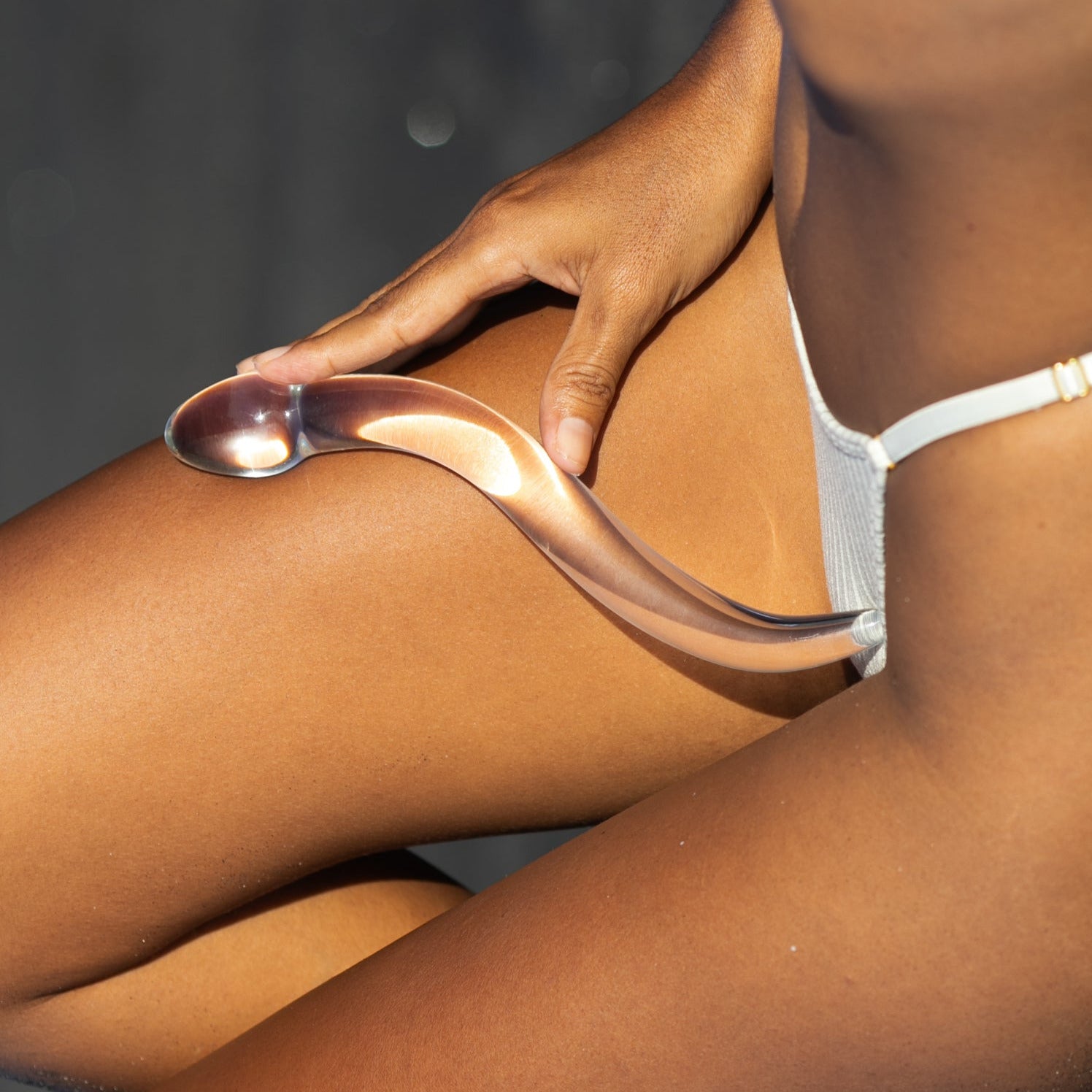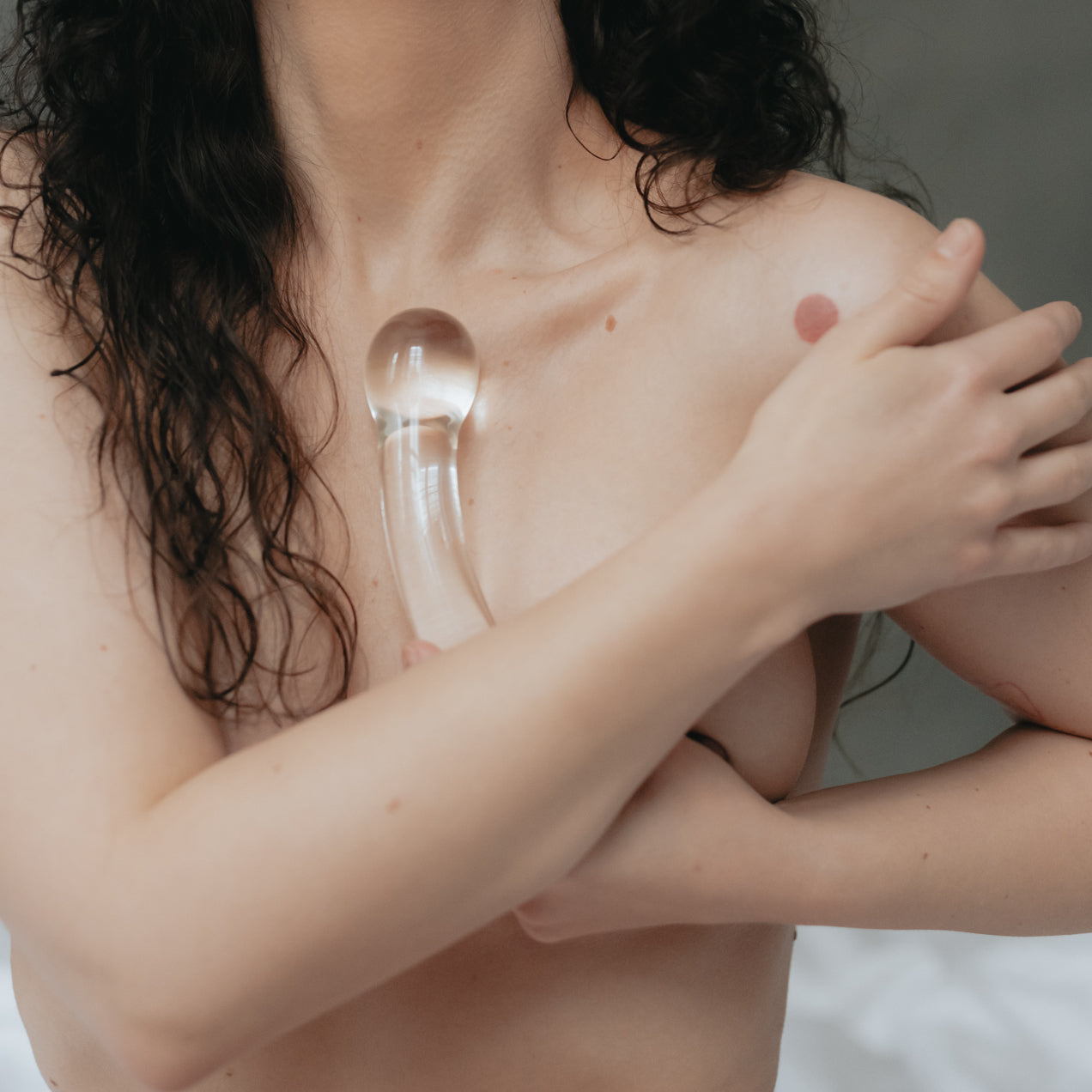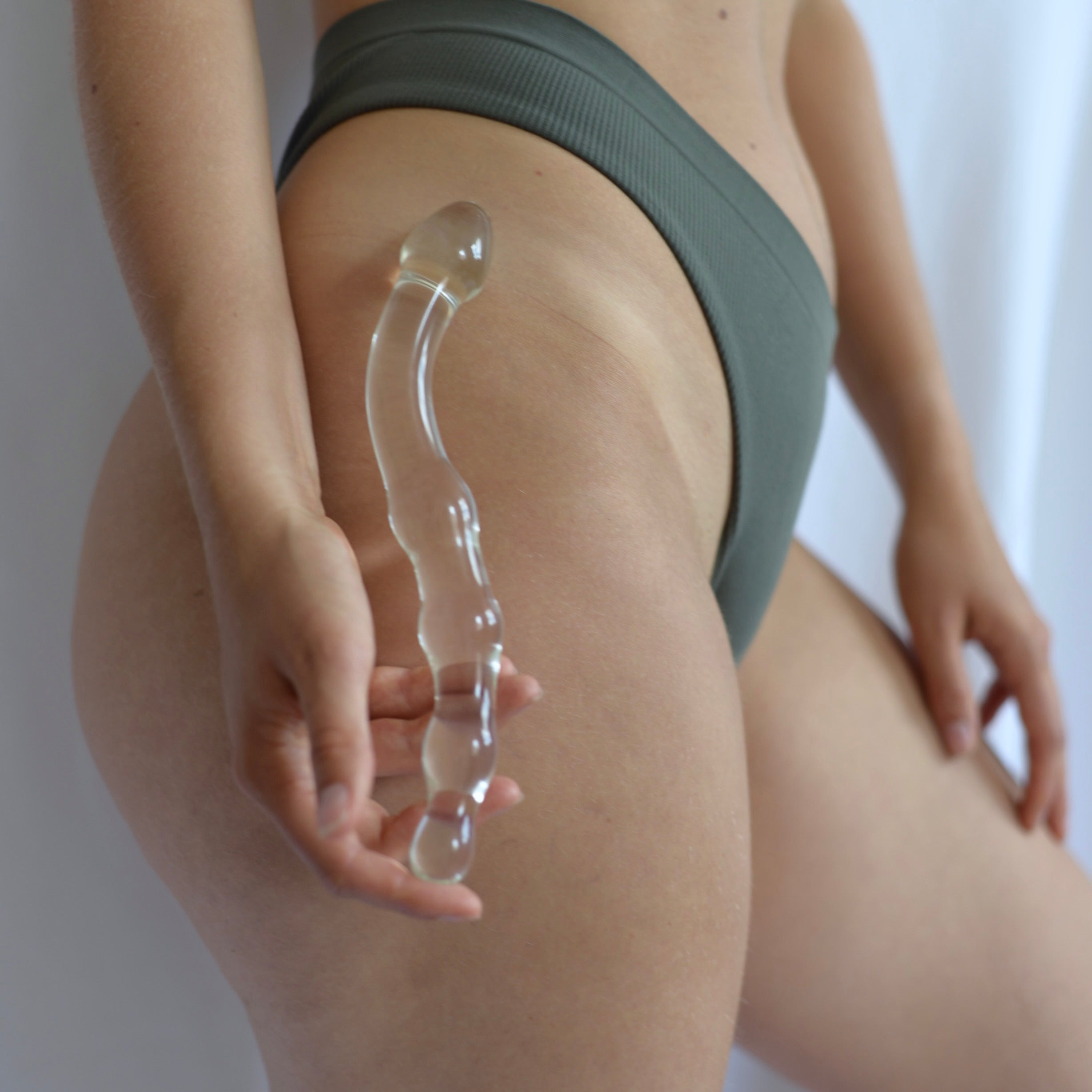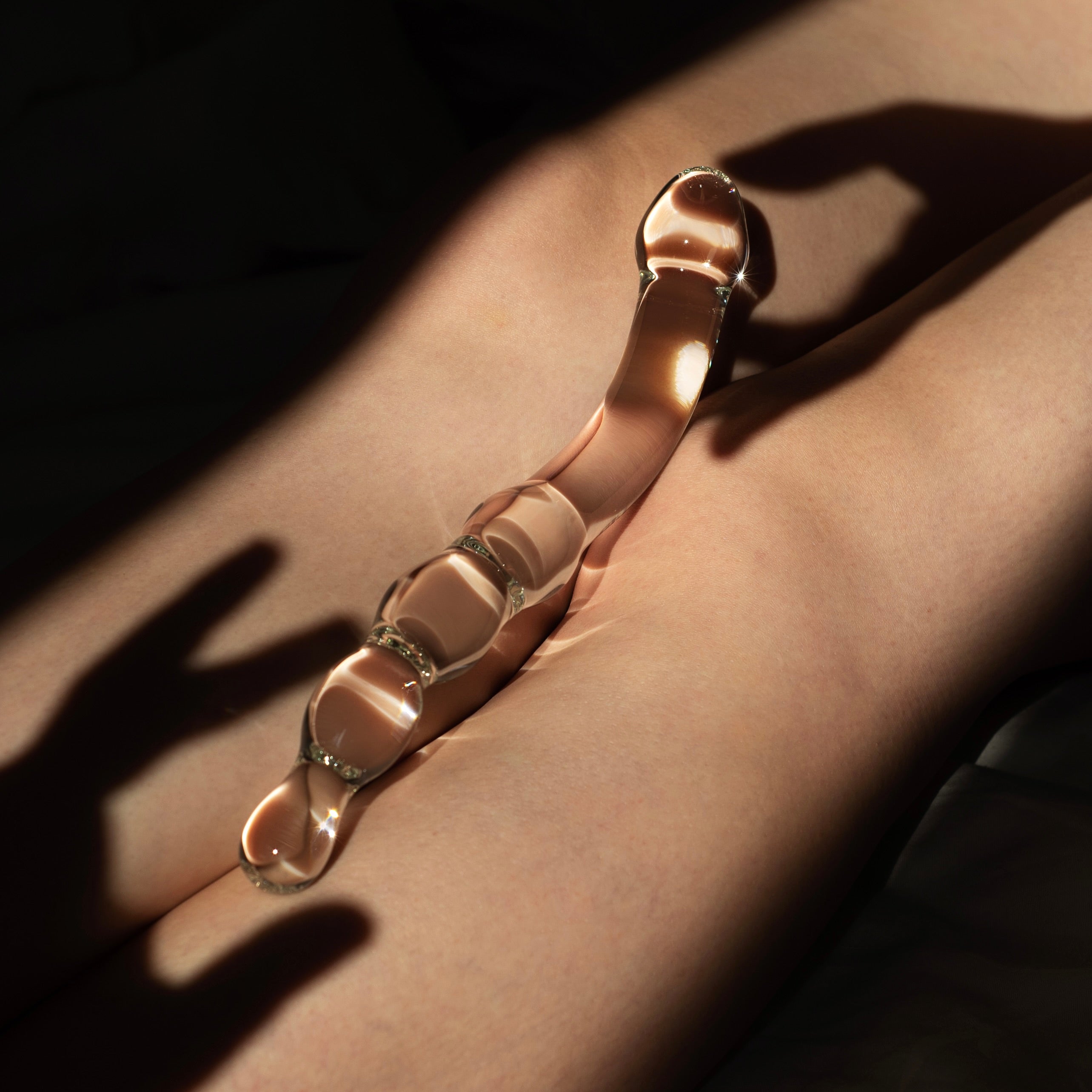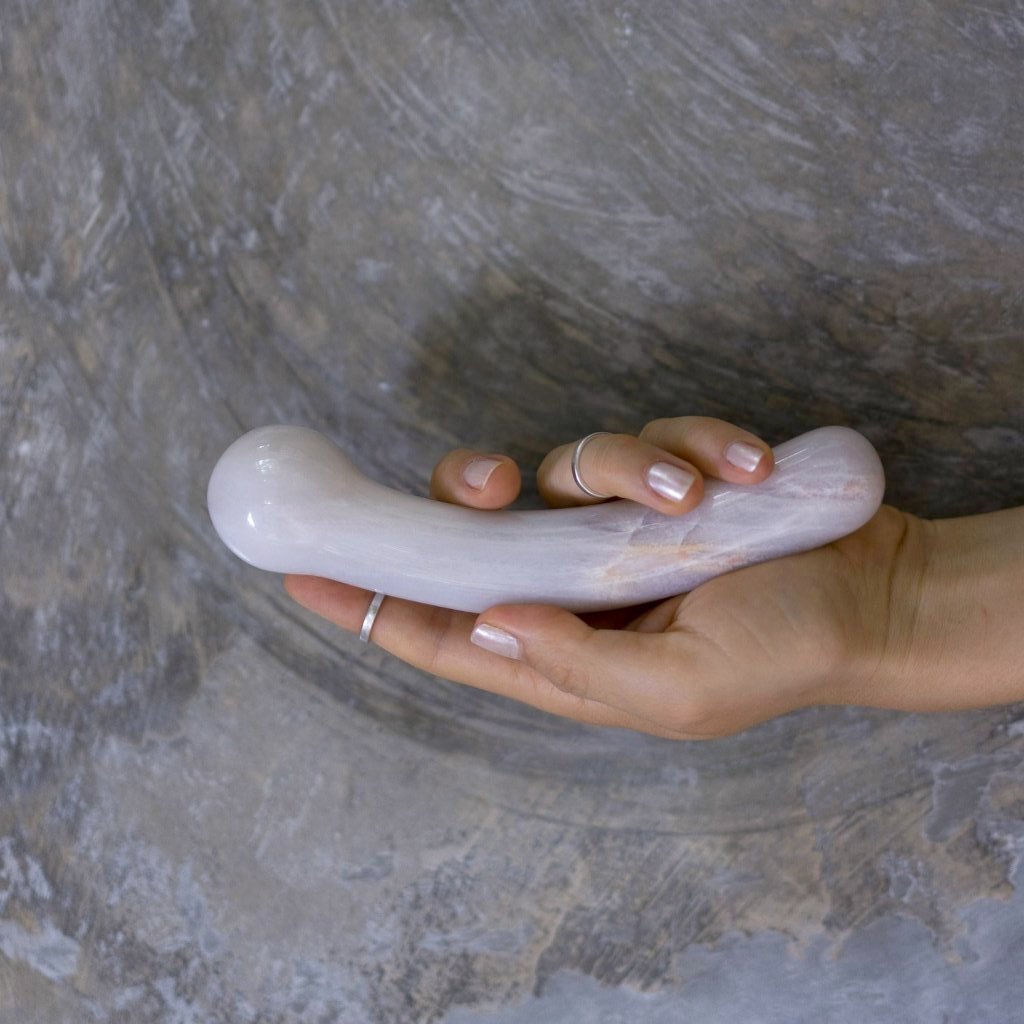
Women's Sexuality in Perimenopause and Menopause: Change, Challenges, or New Beginnings?
Sexuality in midlife is often shrouded in silence, misunderstanding, or stigma. Many women entering perimenopause or menopause are left wondering whether a fulfilling sex life is still possible.
The answer is unequivocally yes.
While hormonal changes do bring about physical and emotional shifts, this period can also mark the beginning of a new, more conscious and empowered relationship with one’s sexuality.
This article explores the biological, psychological, and relational factors that influence female sexuality during perimenopause and menopause. It also addresses common myths and offers practical tools to help women navigate this stage of life with confidence and curiosity.
What Happens to the Body During Perimenopause and Menopause
Perimenopause refers to the transitional years leading up to menopause, usually starting in a woman’s 40s, though it can begin earlier. Menopause is defined as 12 consecutive months without a menstrual period. During this time, the body undergoes hormonal shifts, particularly in estrogen, progesterone, and testosterone levels.
These changes can affect:
-
Vaginal and vulvar tissue (leading to dryness, thinning, and reduced elasticity)
-
Natural lubrication (often decreased)
-
Libido (which may decline, increase, or fluctuate)
-
Blood flow to the genitals (potentially reducing sensitivity)
-
Orgasmic intensity and response time
-
Pelvic floor muscle tone
These physiological changes are not inherently negative, but they often require a new approach to sexual health, pleasure, and communication.
Libido: A Complex Picture
One of the most commonly discussed concerns during menopause is a change in libido. However, libido is multifactorial. It is influenced not only by hormone levels, but also by:
-
Mental health (including depression, anxiety, and self-esteem)
-
Relationship dynamics and satisfaction
-
Fatigue and sleep quality
-
Cultural attitudes and internalized beliefs about aging
-
Stress, caregiving responsibilities, and life transitions
For some women, perimenopause brings a decline in desire due to physical discomfort or emotional stress. For others, libido increases. Many report a new sense of freedom from the pressures of fertility, the ability to focus on their own pleasure, and more honest sexual communication. This wide variation is normal and deserves open, judgment-free discussion.
The Role and Benefits of Self-Pleasure
Masturbation, or self-pleasure, is not only a source of individual pleasure but also a vital tool for maintaining sexual health during and after menopause. Unfortunately, many women are socialized to view self-pleasure as taboo or unnecessary, especially in midlife.
In reality, regular self-pleasure can:
-
Increase blood flow to the genital area, preserving tissue health
-
Stimulate natural lubrication and arousal response
-
Maintain or enhance orgasmic ability
-
Strengthen the pelvic floor through muscle engagement
-
Help identify what feels good, which is especially important as sensitivity and response may change
-
Reduce stress and promote relaxation and sleep
Using tools such as lubricants, sex toys, pleasure wands, and mindfulness techniques can enhance the experience and adapt to new bodily needs. Regular solo exploration also fosters sexual confidence and autonomy, making partnered intimacy more comfortable and satisfying.
Dispelling Common Myths
-
Myth: Menopause marks the end of your sex life.
Reality: Many women report a deeper, more fulfilling sexual connection after menopause. While changes occur, sex does not have to disappear. -
Myth: Vaginal dryness is inevitable and untreatable.
Reality: A wide range of treatments is available, including over-the-counter lubricants, vaginal moisturizers, local estrogen therapies, and laser treatments. -
Myth: A decrease in libido is permanent.
Reality: Libido can return or increase with improved physical comfort, reduced stress, and open communication. It's not static. -
Myth: Self-pleasure is irrelevant after a certain age.
Reality: Masturbation remains an important and healthy form of sexual expression at any age. -
Myth: Pain during sex is something to endure.
Reality: Pain is a symptom, not a normal condition. With proper treatment, discomfort can usually be reduced or eliminated.
Practical Tools and Strategies
Lifestyle and Behavioral Support:
-
Pelvic floor physical therapy improves muscle tone, sensation, and orgasmic response.
-
Regular physical activity boosts circulation, mood, and body image.
-
Mindfulness and stress reduction improve emotional resilience and sexual desire.
-
Couples counseling or sex therapy can address communication and intimacy barriers.
Products That Help:
-
Water- , oil-, or silicone-based lubricants for intercourse or self-pleasure
-
Vaginal moisturizers for daily use (our customers love the Naydaya Collagen Oil)
-
Sex toys and pleasure wands - read how using toys helps reclaim pleasure in menopause
-
Books and educational materials focused on midlife female sexuality
Reframing Midlife Sexuality
Menopause offers not just a biological shift but a cultural and psychological opportunity. It’s a time to reconsider long-held beliefs about sex, beauty, age, and identity. Many women find that without the pressures of fertility, child-rearing, or external validation, they can embrace a more intentional and authentic sexuality.
Some redefine intimacy, placing more value on emotional closeness, mutual care, and broader forms of erotic connection. Others deepen their solo sexual exploration and begin to prioritize pleasure in ways they never have before.
What matters most is not conforming to external expectations, but tuning into what you truly want — and knowing that it is never too late to feel vibrant, connected, and sexually alive.
Sexuality during perimenopause and menopause is not lost — it evolves. It may require new knowledge, tools, and conversations, but it remains an essential and nourishing part of life. By understanding the changes, addressing challenges openly, and embracing a holistic view of sexual well-being, women can experience renewed intimacy, deeper pleasure, and greater self-connection.
Sex in midlife is not about returning to what was — it’s about creating what can be.



